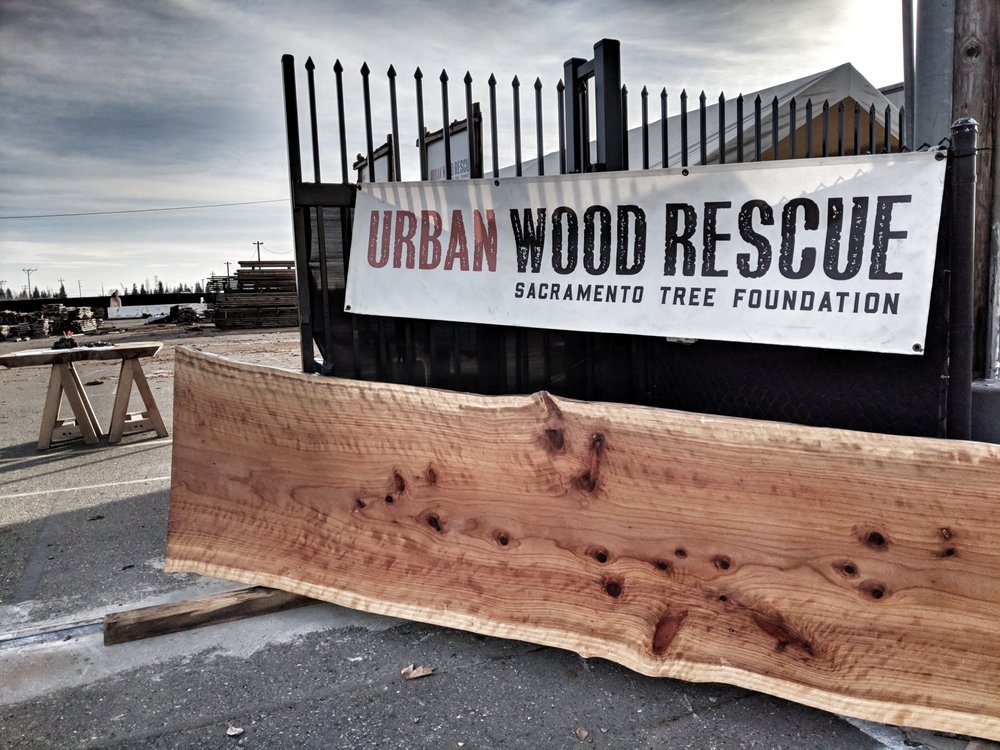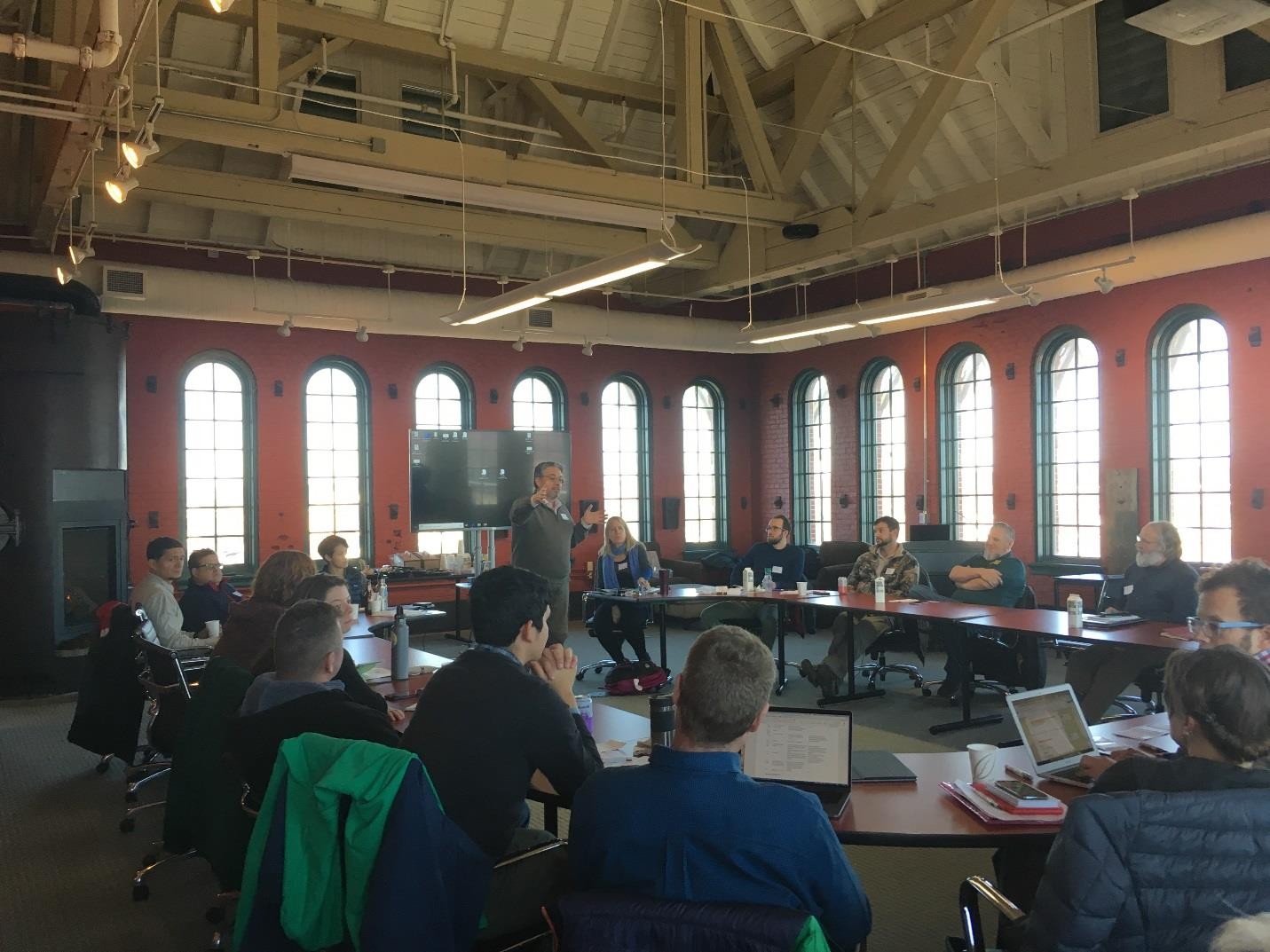Solving complex problems requires a systems type of solution — one that requires holistic examination of the web of social, economic and environmental forces that shape a community. By identifying “waste” in the system one can turn the challenge into an opportunity, a noun into verbs: reusing wood, renewing neighborhoods, and revitalizing the lives of people who live there.

The Urban Wood Academy
Over two-and-a-half days, participants engage in a variety of field tours, desktop exercises and workshops in order to:
- Become familiar with the theory behind developing a successful regional wood
economy, including:- waste diversion (waste to wealth);
- incubating a social enterprise;
- developing public-private partnerships;
- employing principles of full-cost accounting;
- methods and tools for evaluating social, economic, and environmental impacts;
- communicating with stakeholders, policy makers, and the media.
- Become familiar with the operating principles and key components necessary to build a
regional wood economy.

You can review the agenda and comments from attendees at the 2019 Urban Wood Academy here.
USDA Forest Service
Both regionally and nationally, Forest Service teams provide expert guidance to communities interested in setting up an urban wood use program. Drawing on their Baltimore experience and, more recently, on work with Western communities, they will continue to monitor and advance urban wood economies through research and practice.
American Forests
Engaged from the beginning, American Forests provided grants to purchase sort yard and primary processing equipment for Camp Small. Now, they are exploring how to revitalize social impact bonds as a means of connecting urban wood utilization with social goals — in particular, addressing mass incarceration and reducing prison recidivism. And they’ve created a brand — Earth Instinct™ — to support deconstruction and marketing of reclaimed wood products.
The Urban Wood Network
Launched in part with funding from the US Forest Service, this collective pioneered use of urban wood in the Midwest after the devastation caused by the Emerald Ash Borer. EAB damages the inner bark; but the stem itself can be recovered. The network provides a hub for experience sharing — and for recovering, processing and marketing what others might call “wood waste.” They call it “wealth.”
Community Highlights

The Sacramento Tree Foundation spent more than 40 years as the primary steward of their city’s urban forests — through planting programs, education and conservation leadership. Recently, they added another innovative program. Urban Wood Rescue is operated by the Foundation and strives to “keep trees out of the landfill one log at a time.” While a primary goal is continued sequestration of the carbon stored in the wood, the Foundation mills and sells lumber and slabs to help support their work.
In Ann Arbor Michigan, landowners and arborists take care to conserve diseased, damaged or felled trees and reuse them for products — including high quality lumber and slabs. Some will even mill logs, and return it for your own use.
In 2015, the Oregon legislature authorized Clackamas County to study the feasibility of fostering an urban wood economy. After two years of study, the Clackamas Urban Lumber Program concluded — not surprisingly — that given current funding and potential revenue, financial returns on investment from recovering and recycling urban wood would be negligible at best. But the study did reinforce the substantial social and environmental benefits of such a program, and noted the potential for recovering initial investments through avoided costs.


